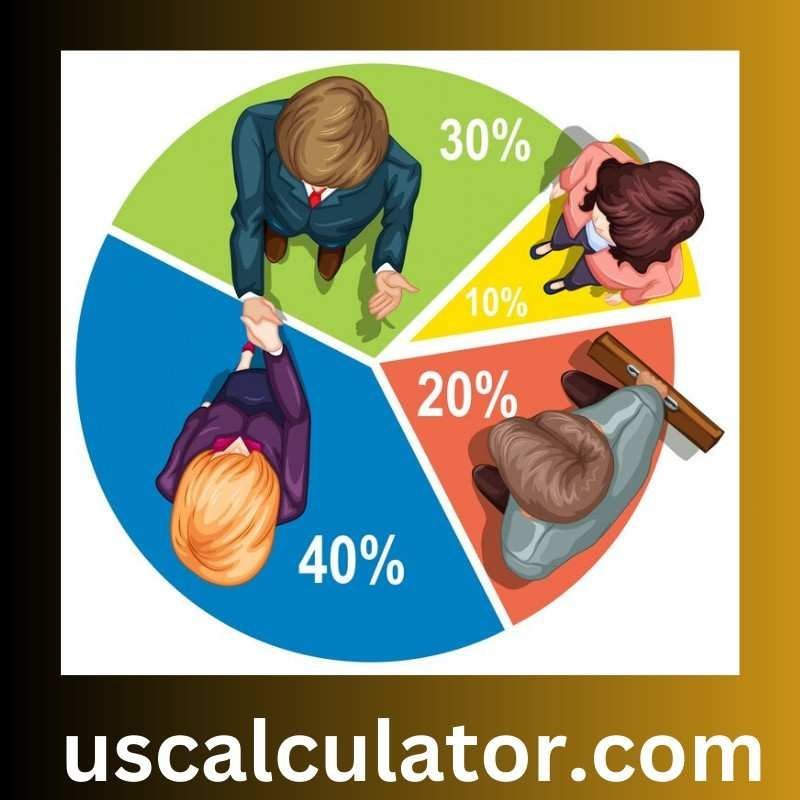Fraction to Percent Converter
This easy-to-use Fraction to Percent Converter allows you to quickly and easily convert any fraction to a percentage. This conversion is necessary for anything from your everyday shopping and budgeting to hardcore academic calculations as it provides you with the power to write any fraction as a percentage which helps you get a firm handle on things.
About Fractions and Percent
Fractions are parts of a whole. A fraction consists of two things:
The numerator, or the top number, shows the number of parts being considered.
The bottom number indicates the total number of equal parts making the whole that is termed the denominator.
For example, in the fraction 3/4, the numerator is 3 and the denominator is 4. It represents that we are considering 3 parts out of 4 equal parts.
Percent is a shortened term of “per hundred.” It is the expression that puts the number into the hundred. So, in essence, 50% could be read as 50 to 100 or half of the lot. Percentages are easy to compare if expressed this way since percentages all operate using the same scale.
How to convert fraction to percent
Here we have explained the simple way to convert fraction to a percentage, and also given an example which will make it easier for you to understand, you will use the steps given below.
Here we have given the formula to convert fraction to a percentage below
Percentage=(DenominatorNumerator)×100
Divide the numerator (top number) by the denominator (bottom number) to get a decimal.
For example, for the fraction 43 43=0.75
Multiply the decimal by 100 to get the percentage.
Using the example from above 0.75×100=75%
So,fraction 43 is equivalent to 75%.
Frequently Asked Questions (FAQ)
1. Is it possible to convert any fraction into a percentage?
Any fraction can be turned into a percentage by dividing the numerator by the denominator and multiplying by 100.
2. If we reverse this fraction, then what if the fraction is improper?
If the fraction is incorrect (i.e., 7/4), a percentage is just a way of converting it. For 7/4:
7 ÷ 4 = 1.75, then
1.75 × 100 = 175%.
3. What is the process of transforming mixed numbers into percentages?
Separately convert the whole number and the fractional part and combine them. For example, to convert 1 1/2:
100% is the same as the whole number 1.
That is the same as 50%.
Adding these gives
100% + 50% = 150%.
4. And what if I get a repeating decimal?
In converting fractions to decimal form with repeating decimals, multiply the decimal result at this desired precision of your choice by 100 and round the decimal to the desired precision value before multiplying it by 100. For example, converting 1/3:
1 ÷ 3 = 0.3333… (rounded to 0.33)
0.33 × 100 = 33%.
5. What is the benefit of converting fractions to percentages?
Such percentages make the addition, subtraction, and multiplication of several fractions easier, as the base of all is 100, which is a format most people know about. For instance, it’s easier to see that 75% is more than 50% than to compare the fractions 3/4 and 1/2.
6. Can we convert fractions to percent in a quick way?
Yes! A Fraction to Percentage Converter tool can help you input a fraction and get exactly the percentage quickly without doing internal algebra.
A Table for Fraction to Percent Conversion
| Fraction | Percent |
|---|---|
| 1/100 | 1% |
| 1/50 | 2% |
| 3/100 | 3% |
| 1/25 | 4% |
| 1/20 | 5% |
| 3/50 | 6% |
| 7/100 | 7% |
| 2/25 | 8% |
| 9/100 | 9% |
| 1/10 | 10% |
| 1/5 | 20% |
| 1/4 | 25% |
| 3/10 | 30% |
| 2/5 | 40% |
| 1/2 | 50% |
| 3/5 | 60% |
| 7/10 | 70% |
| 3/4 | 75% |
| 4/5 | 80% |
| 9/10 | 90% |
| 1/1 | 100% |
